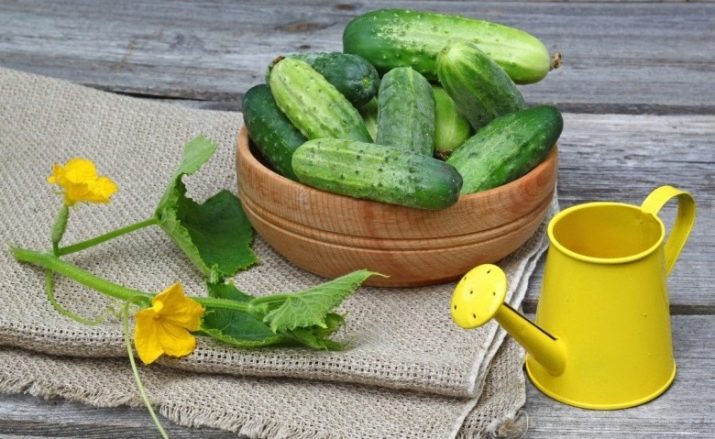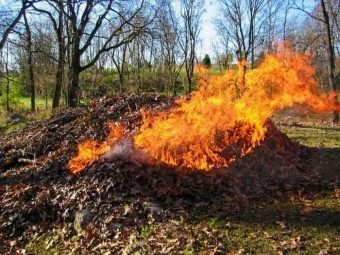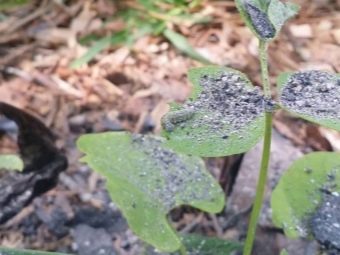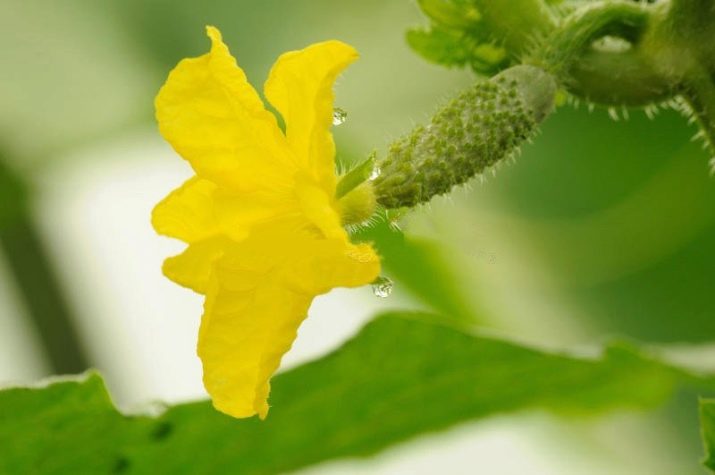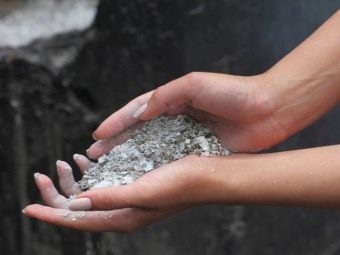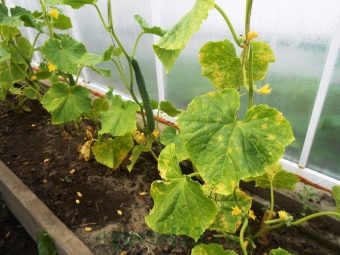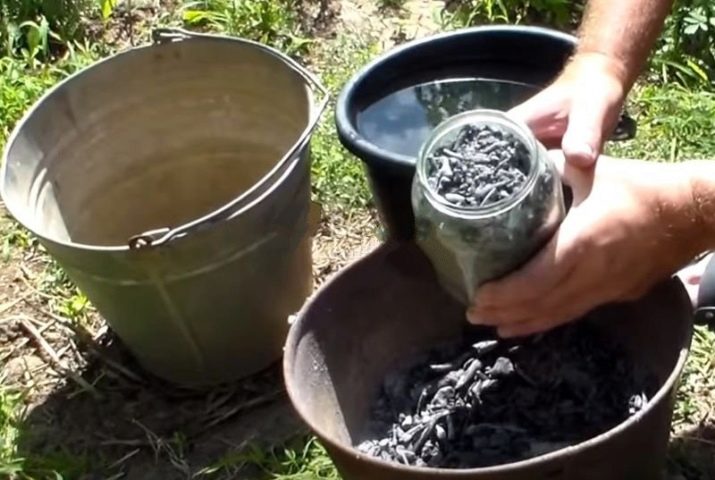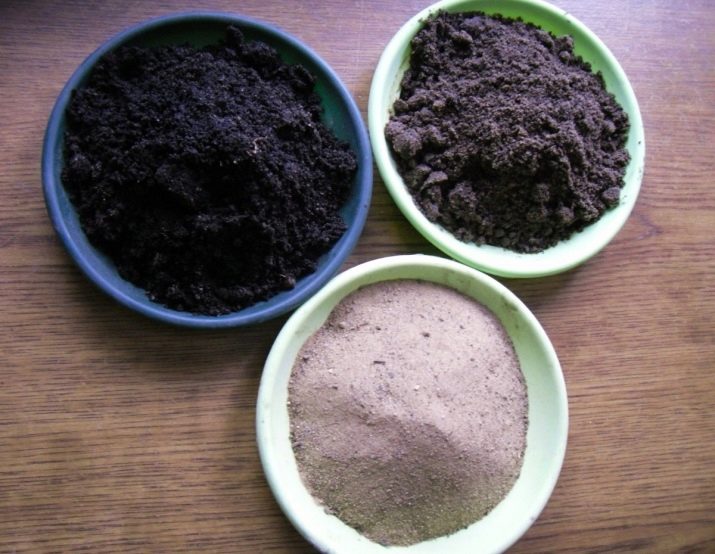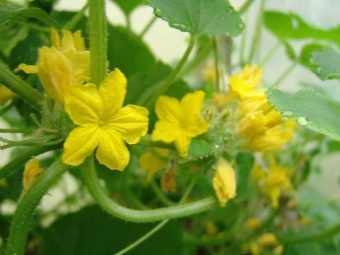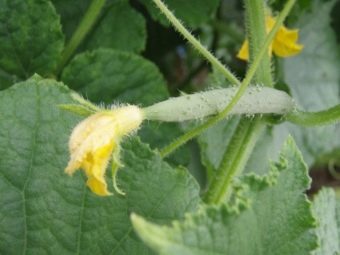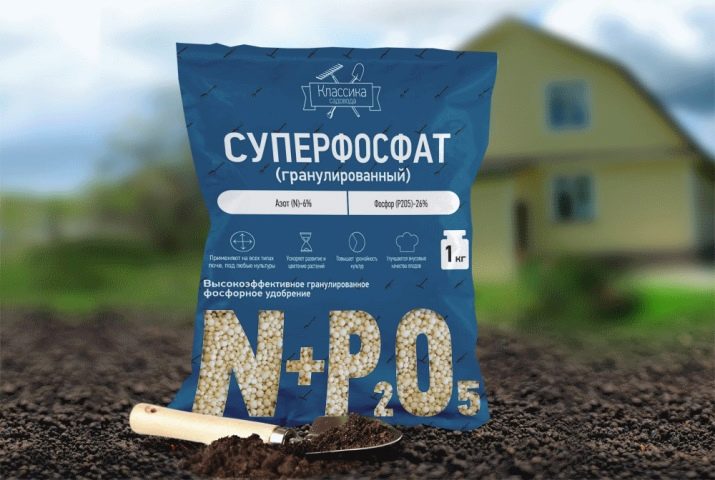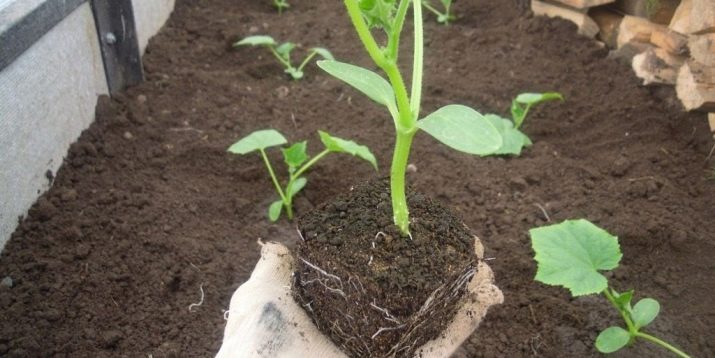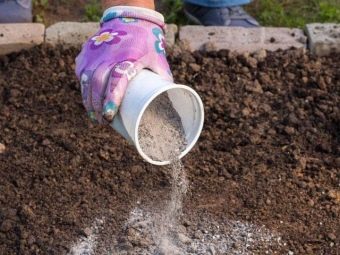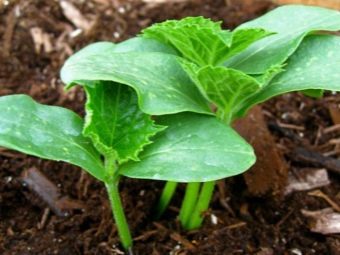How to feed cucumbers with ashes?
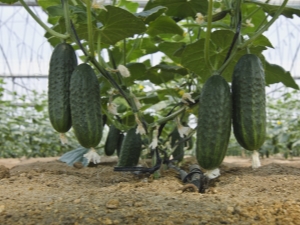
Cucumbers are quite capricious culture.In order for them to bloom well, it is necessary to plant them in fertile soil and conduct their fertilizer throughout the entire growing season. A common form of fertilizing became nitrogen, diluted with substances both organic and mineral. The use of natural and environmentally friendly materials for this culture is considered optimal. Such materials do not contain harmful elements.
In addition, natural materials are low cost, so most gardeners like to use them.
Why do you need it?
Feeding cucumbers can be different types of dressings, but this culture prefers ash. This fact is due to the fact that all the beneficial substances necessary for their full growth are concentrated in the ashes. The usefulness of this product was noted many years ago by our ancestors. Today, despite the active development of the agricultural industry, ash remains the most popular type of fertilizer.
Ash - a product that appears after burning plant residues. It concentrates a large amount of useful minerals, such as potassium, calcium, phosphorus, copper and zinc. For example, by burning sunflower stalks, up to forty percent of potassium saturation in ash and up to twenty percent of calcium can be obtained. These figures vary depending on which plant was burned.
In the complex effects of these materials have a beneficial effect on the culture. They contribute to the growth and development of the root and foliar system, as well as the development of the stem.
From the available indicators, scientists have concluded that buckwheat ash is used to feed the plant with calcium, and the product of burning wheat or birch - to feed with phosphorus and potassium.
Based on the experience gained by professional gardeners, it is safe to say that ash contributes to the fertility of cucumbers. This is due to the fact that the substance separately affects all plant systems of the culture.
- First, the material increases the foliar system of cucumbers. After feeding, more leaves grow which have a brighter and more intense color. It helps to improve photosynthesis.
- Secondly, this fertilizer increases the number of buds and ovaries. If the flowering of crops is activated in time, the harvest will be excellent.
- Third, it increases the strength of the flower tissue system. Feed the sprout, grower increases its resistance to infections.
Benefit and harm of fertilizer
Rational use and preparation of top dressing from wood ashes is very important. If you comply with all requirements and rules for the implementation of feeding, cucumbers will grow large and tasty. This type of fertilizer does not cause any harm, therefore, has few disadvantages. The main disadvantage is the slow effect. This is especially noticeable when pest control is carried out.
Ash is a natural substance. There are no chemical impurities and toxic chemicals in it. For this reason, it does not produce an instant effect. Due to the gradual effects of this fertilizer is not able to harm the plant, it is considered environmentally safe.
However, when plants are severely damaged, for example, by fungi or pests, ash cannot produce the desired effect. Only chemicals can cope with harmful creatures. Another disadvantage is that ash significantly reduces soil acidity.
Low acidity is useful for growing some plants. Cucumbers also need an average acidity.
In addition, it is worth remembering that collecting the ashes in a plastic container is considered harmful. Ash retains heat for a long time. Increased heat resistance can ruin a container. Under the influence of heat, plastic begins to emit toxic substances that not only violate the composition of the ash, but also subsequently absorbed into the plant itself.
The use of wood ash is much more significant than the harm it produces. There are several advantages due to which such feeding is very popular.
- Security - the material is environmentally friendly, therefore it is absolutely safe for human health. The ash is odorless and does not cause allergic reactions when it comes into contact with the skin. If you burn natural substances, the resulting ash will accelerate the process of growing fruits.
- The ability to prevent the spread of infection on plants. Especially effective is the solution of ash, soil. This mixture is excellent against powdery mildew that spreads through the leaves and roots of cucumbers.
- Protective property of top dressing - the main advantage of the material. Ash perfectly protects the plant from the side effects of various pests. Sprinkle the soil around the plant, you can significantly reduce the appearance on the leaves of snails, slugs, ants, flies and other insects.
Processing scheme
During the entire growing season, it is best to use the ash additive no more than three or four times. This is due to the fact that a large amount of ash material is laborious to obtain. Ash is produced from rye straw, which is currently in short supply. And burning trees to obtain a mixture is prohibited by law.
In any case, even when burning large amounts of straw, a small amount of ash is obtained. In addition, potassium and calcium in the ash material are considered insufficient for the growing season of the plant. In order for the sown sprout to bear fruit and grow into beautiful flower beds, it needs to be nourished with phosphorus and nitrogen. Therefore, the ash is not used as an independent method of feeding.
For a more effective reaction, it is used in combination with other nutrients, such as manure, chicken manure and mineral supplements.
Professional gardeners recommend feeding in certain cases.
- When flowering plants. At this stage, you need to feed the roots. For each grown bush pours about a liter of solution from the ash.
- At the time of occurrence of ovaries. At this stage, watering is done once. The solution is prepared from three hundred grams of ash and ten liters of water. The resulting mixture is necessary to insist about seven days. In the absence of ash, ash powder can be purchased, and three hundred grams of it is also mixed with hot water. Such a composition is infused during the day.
- After the fruits began to appear to prolong the fruiting. After the appearance of the first fruits, the bush is allowed to feed once every two weeks. The irrigation scheme is the same as during the flowering period.
Fertilizing sowing in August is required if the gardener plans to plant the crop again in the sown area. Fertilizer in the springtime is designed for the fact that decomposition in the soil will take place over a long time. Thanks to the spring feeding, the fertile layer is prepared for the upcoming season.
In addition to straw ash, nitrogen fertilizer must be added to the soil. Fertilizer from nitrogen dissolves much longer. This feed is ammonium sulfate, which is a valuable carrier of the sulfuric substance.
During the entire growing season, it is important to observe the cucumber shoots. If any changes in flowering appear, it means that the feed was incomplete and the plant lacks one or another element. For example, a change in leaf color to a purple hue means a lack of phosphorus.
To correct the problem, you need to urgently introduce fertilizer from superphosphate. It will prolong the fertility of the flower.
How to fertilize?
There are several options for feeding cucumbers. The most popular is fertilizer in the open field. At the first stage of vegetation, it is important to feed the sprout with a nitrogenous agent. Here fertilizer is used when planting seedlings.When planting the sprout in the hole must be sprinkled with top dressing. This is carried out to reduce the acidity index in the soil of the vegetable garden. A rational measure of use is five hundred grams of ash per square meter of soil. For watering, an infusion is made of a liter of water and two tablespoons of fly ash.
You can feed cucumbers grown in the greenhouse in several ways. The soil in the greenhouses is prepared in advance and is therefore already equipped with all the required trace elements. Therefore, it will be necessary to process the shoots after the seedlings have been planted.
Before spraying a cucumber crop, at least three leaves should be dispersed on the stem. As well as fertilizer is allowed to make for each bush. This will help the plant to resist mold.
The second method is foliar feeding. In this case, the ash is a drug.
After watering the infusion in the initial stages of plant damage by powdery mildew, it will save the shoots without the involvement of chemicals.
Common mistakes
To get a good harvest, it is important to carry out the correct feeding. Many novice gardeners do not know about the methods of fertilizer, so they make mistakes. There are several common mistakes.
- Many prefer to add to the ashes other organic fertilizers enriched with nitrogen. Often in the role of an additional component is manure. Such a tandem can devalue organic.
- The use of ash material with mineral dressing is strictly prohibited. Such elements are incompatible, which is why, in complex use, they can adversely affect the plant. Phosphorus, which is found in mineral supplements, is a salt. The soil does not break the salt, so the element is deposited in it. Some try to dissolve the ash material with tomass-slag or phosphate flour in the hope of improving fertility. However, elements also release phosphorus, which is banned for plants.
- Use the ash in the calcareous rocks of the soil. Ash helps to increase the level of acidity in the soil. The use of this element on calcareous soils leads to a further increase in acidity, alkalizing the soil. Alkaline soil is considered the most inferior surface.
About how to feed cucumbers during fruiting, see the next video.

